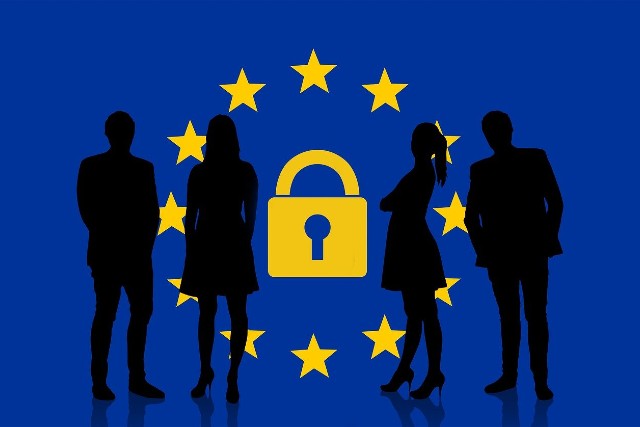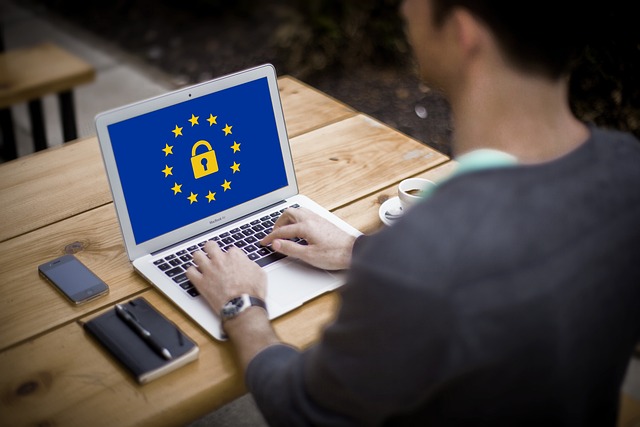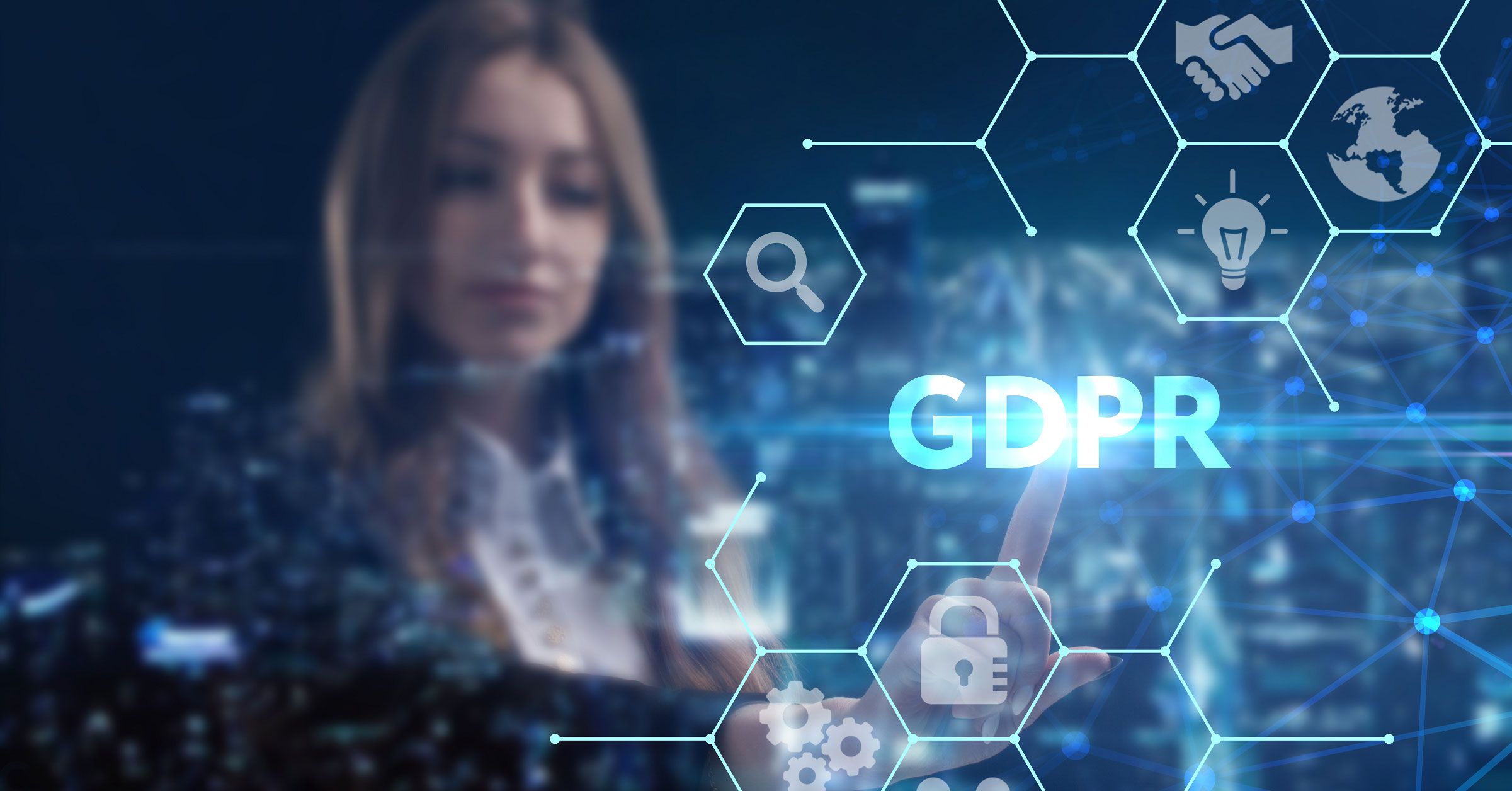Fortinet Acquires Next DLP Strengthens its Top-Tier Unified SASE Solution
Read the release
Organizations that do business with nations in the European Union (EU) need to comply with the General Data Protection Regulation (GDPR), the most comprehensive global privacy law in effect. In fact, other countries have implemented similar data privacy laws following the introduction of GDPR.
It can be challenging for companies unfamiliar with the regulations, but following proven steps and best practices can help streamline your path to compliance. We've created this checklist to show you how to be GDPR compliant by following 12 essential steps.
 |
Image by Pete Linforth from Pixabay
Regardless of where you’re located in the world, if you collect the personal data of EU citizens (called data controllers), you’re required to comply with GDPR. This includes e-commerce businesses that have customers that reside in EU member states.
Furthermore, data controllers must comply with GDPR requirements regardless of the company’s geographic location. Data controllers also must be able to demonstrate their compliance with the data protection principles.
Noncompliance with GDPR's data protection rules can have serious and costly consequences for businesses. For example, failing to implement the necessary security controls leaves your business vulnerable to data breaches.
The cost of a data breach is skyrocketing, reaching $4.45 million in 2023, according to the 2023 IBM Cost of a Data Breach Report. For attacks carried out by malicious insiders, the cost is even higher ($4.9 million).
In addition to the high costs of responding to and recovering from a data breach, you might face fines of up to 4% of your company's annual turnover for noncompliance with GDPR.
Businesses of all sizes should be concerned with data privacy and GDPR compliance—even the corporate giants. For example, Google and Facebook have faced significant complaints under the GDPR regulations.
Non-profit organization NOYB, the European Center for Digital Rights, sued both companies for their use of "forced consent" just hours after the GDPR came into effect. The companies were accused of violating Article 7(4) by attempting to block access to their services if users didn't consent to the use of their data.
Google was later fined €50 million ($57 million) by the French DPA (Data Protection Authority) for insufficient control, consent, and transparency over the use of personal data for behavioral advertising. These cases highlight the importance of obtaining valid and informed consent under the GDPR and complying with all applicable requirements.
Organizations should take the following steps to prepare for and implement a GDPR-compliant IT environment. Failure to comply can result in serious financial penalties, bad publicity, and reduced consumer confidence.
The first step is to ensure that all of the organization’s decision-makers and those responsible for processing regulated data understand the GDPR requirements. Individuals involved with handling this sensitive personal data need to understand the theory behind GDPR protection as well as how implementing a compliant environment will impact the business.
Organizations need to determine if they are large enough to require an official DPO. Even if they are not required to appoint a DPO, an individual within the company should be selected to take responsibility for GDPR data protection compliance.
What is a Data Protection Officer? https://t.co/YIJKMTB2HS #dataprotectionofficerdpo
— GDPR Summary (@GdprSummary) November 21, 2022
A complete audit of the organization’s data resources is necessary to prepare for GDPR compliance. The audit must include:
Review the privacy notices you provide to ensure they comply with GDPR guidelines. They must accurately represent how your business will handle the personal data it collects and protect consumers' privacy rights.
All data handling processes must respect the individual rights of data subjects regarding collected personal information defined in the GDPR. Data subject rights include the right to:
Data subjects—individuals whose personal data is protected by GDPR—have the right to access and modify the information an organization collects. Ensure that procedures are in place to handle these requests and address the requestor’s concerns.
GDPR requires an opt-in approach to consent in which individuals need to take action to agree to the collection of their personal data. This is contrary to the opt-out method used by many companies that imply default consent.
The procedures need to include a method for individuals to use if they decide to withdraw or amend the terms of their consent after initially consenting to data collection.
 |
Image by Pete Linforth from Pixabay
Data protection should be incorporated by design and default into all processing activities. This means that all technical and administrative procedures prioritize data protection as it applies to GDPR-regulated data.
A DPIA is required when processing is likely to result in a high risk to the rights and freedoms of individuals protected by GDPR. Organizations need to develop a process to perform the assessment when necessary.
Maintaining GDPR compliance requires that you have procedures in place that can detect, investigate, and report on breaches involving personal data. You also need to know the identity of the relevant supervisory authority and have plans in place to notify them and affected individuals within 72 hours of becoming aware of a personal data breach.
It is essential to understand the rules and limitations GDPR imposes on international data transfers. There have been large fines levied against companies that do not comply with these rules. An example is the $1.3 billion fine the Irish Data Protection Commission imposed on Meta for violations regarding moving data from the EU to the US.
Ongoing compliance requires an organization to emphasize data protection in all processing activities. This can be facilitated by taking measures such as developing a GDPR-compliant data handling policy and implementing a data loss prevention tool to automate its enforcement.
 |
Image by StartupStockPhotos from Pixabay
The steps we have discussed form the foundation required to achieve GDPR compliance. Organizations may need to modify certain steps to align with their business objectives and the type of personal data it processes. It may be worthwhile to engage an experienced consultant to ensure all bases are covered regarding GDPR compliance.
A critical aspect of GDPR compliance is protecting collected personal data. Next DLP offers an advanced and comprehensive data loss prevention solution that ensures sensitive data is not accidentally or deliberately mishandled. Get in touch with Next DLP and schedule a demo to learn how it can help your business comply with GDPR.
Individuals must actively opt-in and provide consent for their personal data to be collected. Valid methods of obtaining consent include:
Encryption is recommended but not required to be implemented when storing sensitive data protected by GDPR. A good way to determine if encryption is necessary is by conducting a data protection impact assessment (DPIA). If there are high risks associated with data processing, organizations should strongly consider encrypting it at all times.
GDPR requires an organization to respond to data access requests in one calendar month after they receive the request. The timing begins the day the request is received and may be started later if additional information is needed from the requestor. Complex or multiple requests must be addressed within three months.

Blog

Blog

Blog

Blog

Resources

Resources

Resources

Resources

